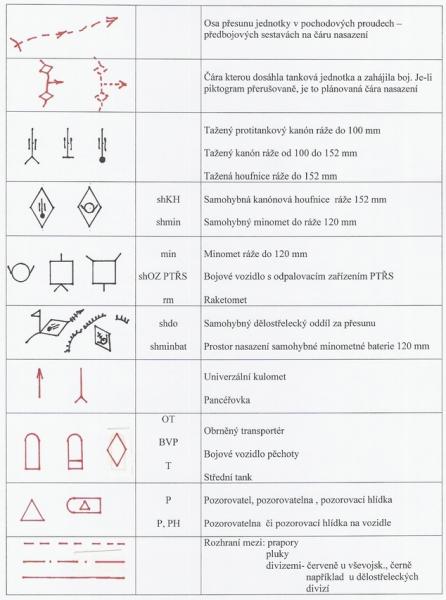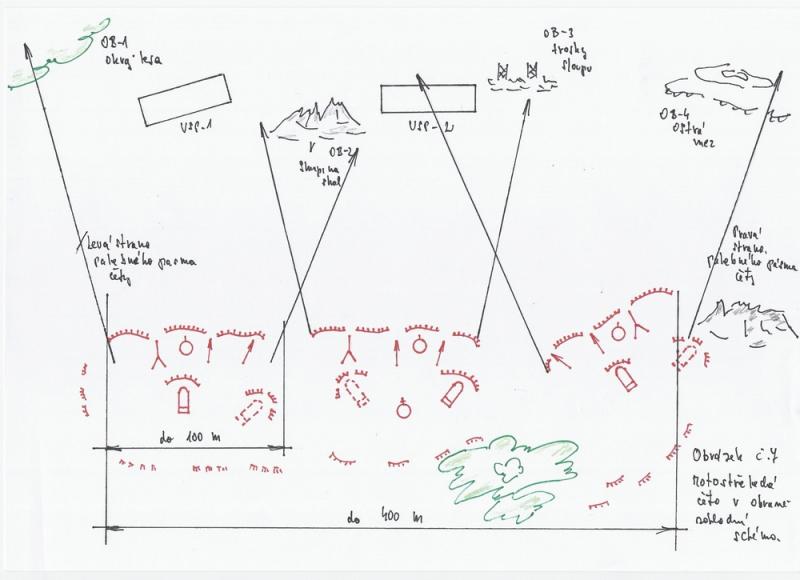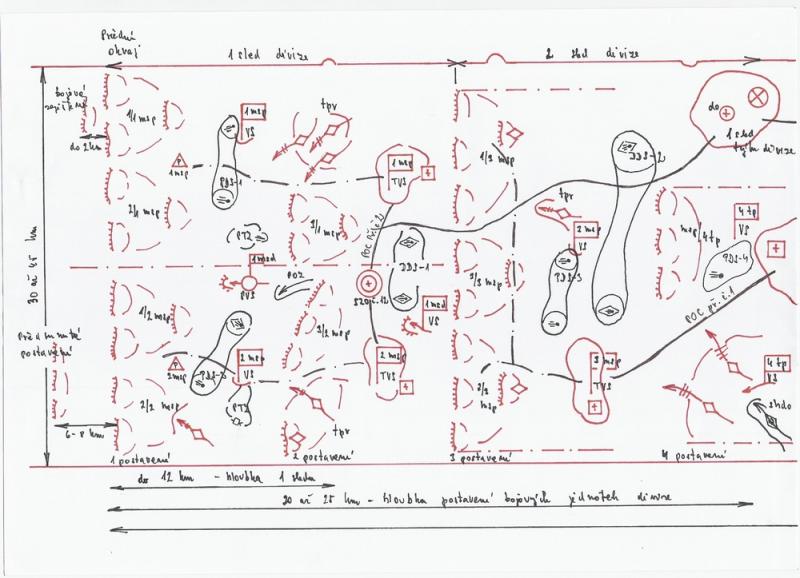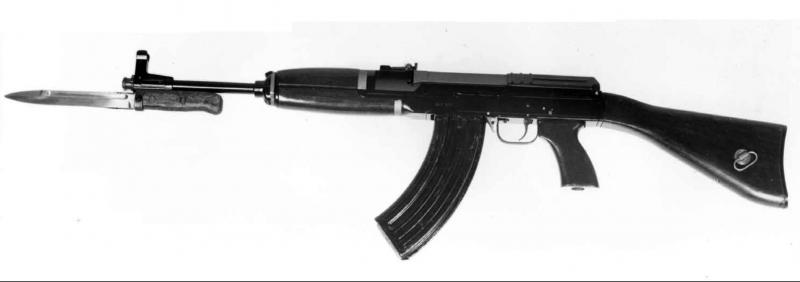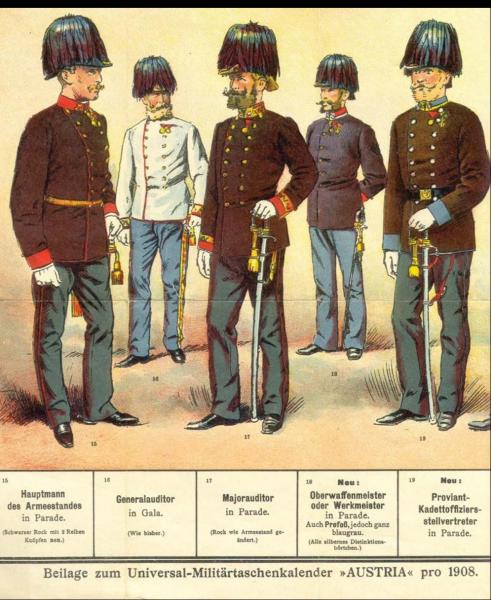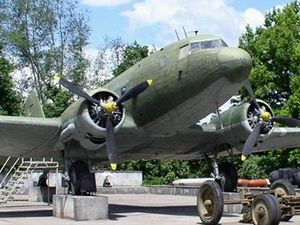
After all, flying is so easy!
“Fly like a bird! Hover to the clouds and meet the sun! Enter Svazarm! ”
Well, they didn't take me to Svazarm, because, as I learned a lot later, the pilot school of gliding was intended mainly for future proven defenders of the homeland, which today some former Vassarmos in the biographies somewhat deny. For me, comrades decided that even if I had learned to fly by chance, which according to the results at primary school was not so certain, I would probably, in their opinion, flee to capitalist abroad with the entrusted socialist property - that is, by plane. This had to be prevented in advance. So I don't sail the plane.
Well, they didn't take me to Svazarm, because, as I learned a lot later, the pilot school of gliding was intended mainly for future proven defenders of the homeland, which today some former Vassarmos in the biographies somewhat deny. For me, comrades decided that even if I had learned to fly by chance, which according to the results at primary school was not so certain, I would probably, in their opinion, flee to capitalist abroad with the entrusted socialist property - that is, by plane. This had to be prevented in advance. So I don't sail the plane.



